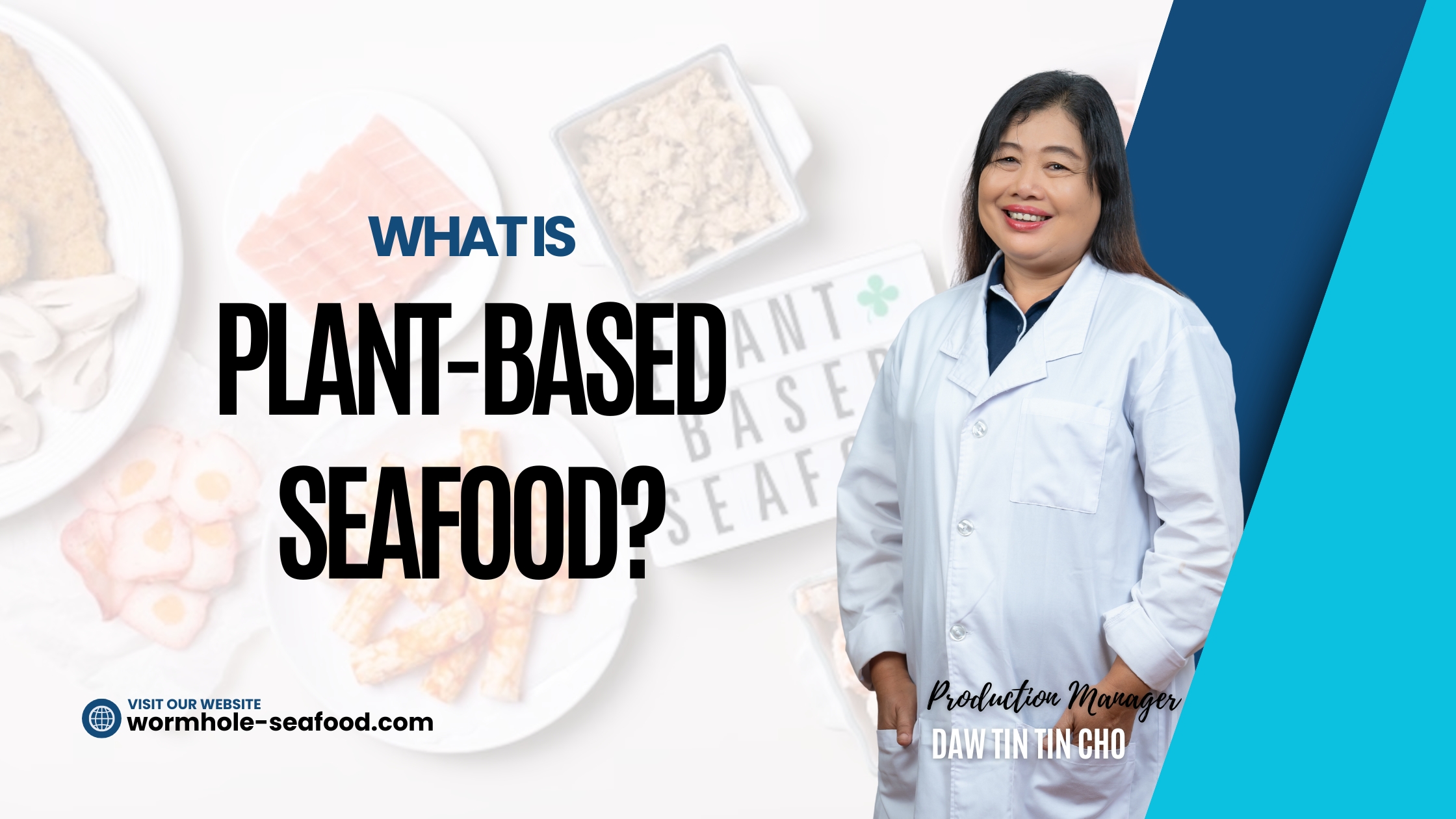What Is Plant-Based Seafood?
Exploring the Future of Ocean-Friendly, Plant-Based Alternatives. Plant-based seafood is transforming the way we think about what ends up on our plate. These innovative alternatives are designed to mimic real seafood — from taste and texture to appearance — but they’re made entirely from plant-based ingredients.
Why Is Plant-Based Seafood Gaining Popularity?
Consumers today are becoming more mindful of where their food comes from. Overfishing, ocean pollution, and the ethical concerns around seafood harvesting are driving a shift toward more sustainable options. At the same time, health-conscious choices and the rise of plant-based diets are pushing demand for alternatives.
Plant-based seafood is:
100% animal-free
Environmentally friendly
Accessible to vegetarians, vegans, and flexitarians
Often lower in cholesterol and saturated fat than real seafood

What Are Plant-Based Seafood Products Made From?
These products use a blend of plant-derived proteins and natural additives to replicate seafood texture and flavour. Common ingredients include:
Soy protein and pea protein – for structure and muscle-like texture
Seaweed and algae – for a natural “ocean taste”
Konjac root – for a chewy, seafood-like mouthfeel
Legumes and starches – to bind and balance the product
Popular plant-based seafood products include:
Tuna substitutes
Shrimp alternatives
Crab cakes
Fish fillets
Sushi-grade options
Who Is Plant-Based Seafood For?
Not just vegans.
More and more flexitarians — people who occasionally eat animal products — are adding plant-based seafood to their meals. Health enthusiasts, foodies, and even chefs are exploring these alternatives for their creativity and eco-friendly appeal.
Plant-based seafood is more than a trend — it’s a solution. With growing concerns about ocean health and sustainable living, these alternatives offer a responsible, nutritious, and delicious way to enjoy the flavours of the sea — without depleting it.